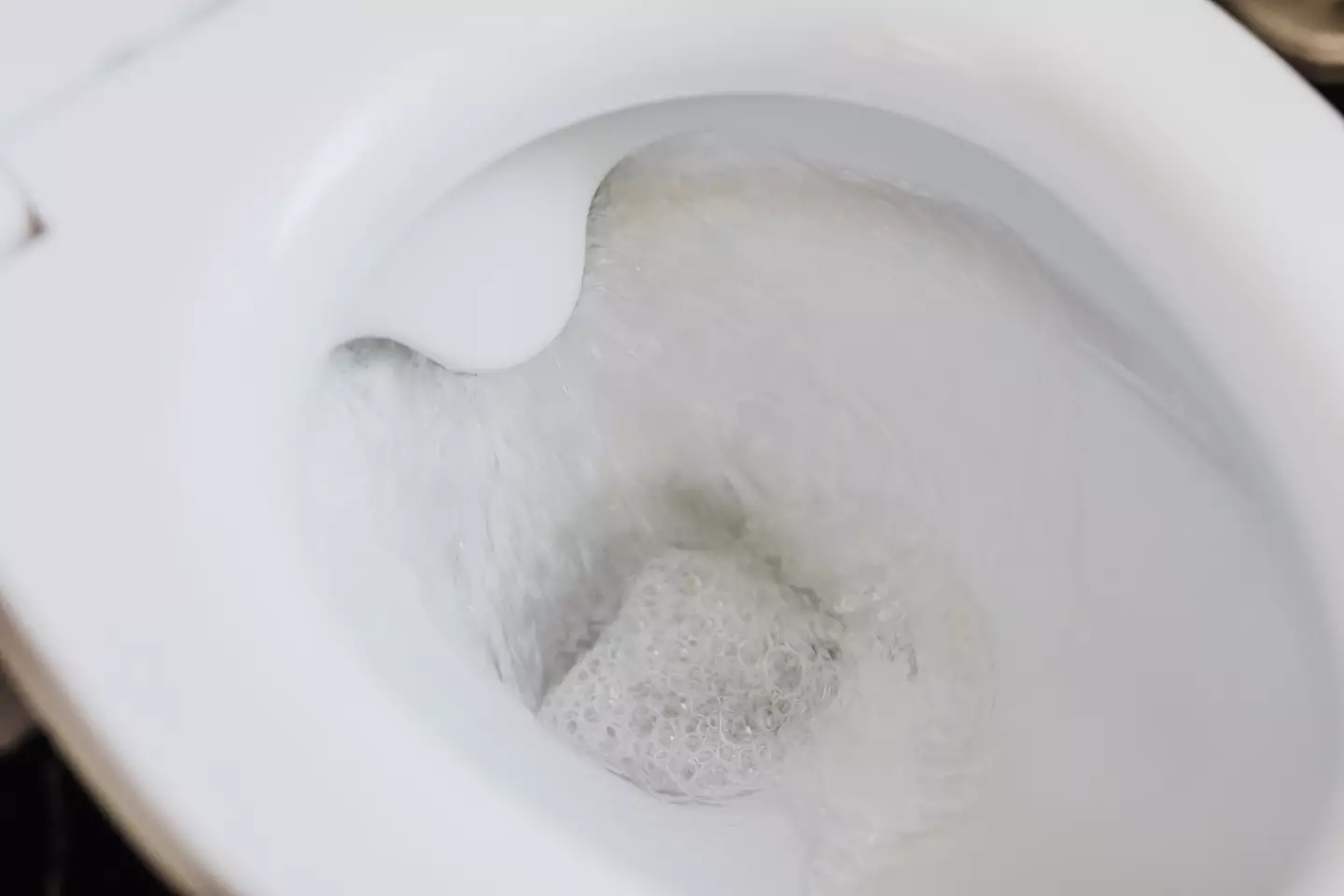
It is a question as old as time – or at least as old as modern indoor plumbing – but have you ever realised what the difference between the big flush and little flush on your toilet is?
To be fair, it might not be the first thing you think of when you're sat there, but unless you’re still tugging on a big chain hanging from the wall or have a more traditional handle flush, you’ll have noticed that there are two buttons on many toilets these days.
Sure, this is just an article that you might find interesting or amusing – if you’re really really lucky – but there is actually a difference between the two buttons.
Most of us simply assume that the smaller one is for a shorter flush and the big one is for a longer and fuller flush – when you’ve really been up to some business in there – and that’s exactly right.
Advert
However, the reasoning behind it is where this actually becomes a wee bit serious.
See what we did there? That’s where you earn the big bucks.
When Thames Water started asking people about what the difference was, they discovered that not only did some people straight up not know what the deal was, others got it wrong entirely.

More than half of people didn’t think the smaller button was the lesser flush, which seems unusual and slightly counter-intuitive.
Advert
So, when you flush the toilet, it obviously uses water.
The longer the flush, the more water used - that’s just simple mathematics.
Andrew Tucker, Thames Water’s water efficiency manager – at least at the time – explained: “There are so many different types of toilet out there that it’s no surprise people don’t know which button to press.
“In many cases, what seems to be the obvious option for a shorter flush actually uses the most water.
“A big flush typically uses six litres of water whereas a little flush is only half that so it’s important we all know which is which to help keep the amount of water we’re using to a minimum.
Advert
“Every drop we supply comes from rivers, streams and the underground aquifers that help maintain healthy levels in waterways and taking too much can have a detrimental impact on them.
“Water just isn’t the infinite resource many people assume it is.”
That’s why leaking toilets are also a big problem for us all – not least Thames Water – they reckon that just on their turf there are 175,000 leaky loos, wasting about 400 litres of water per day.

Tucker added: “When you have a leaky loo, the water just dribbles away down into the pan so often goes unnoticed apart maybe a small ripple in the bottom of the loo, but they can waste huge volumes of water.
Advert
“For those on a water meter, it’s literally money down the drain.
“When we visit customers’ homes to support them in reducing their water use, it’s easily the most common problem we find but luckily the easiest to fix.
“Modern push-button toilets are the worst for leaks and we’re in talks with manufacturers to understand how they can be made to not leak.”
See? There is a serious business behind the machine that you use to do your business.
Topics: Technology, Weird